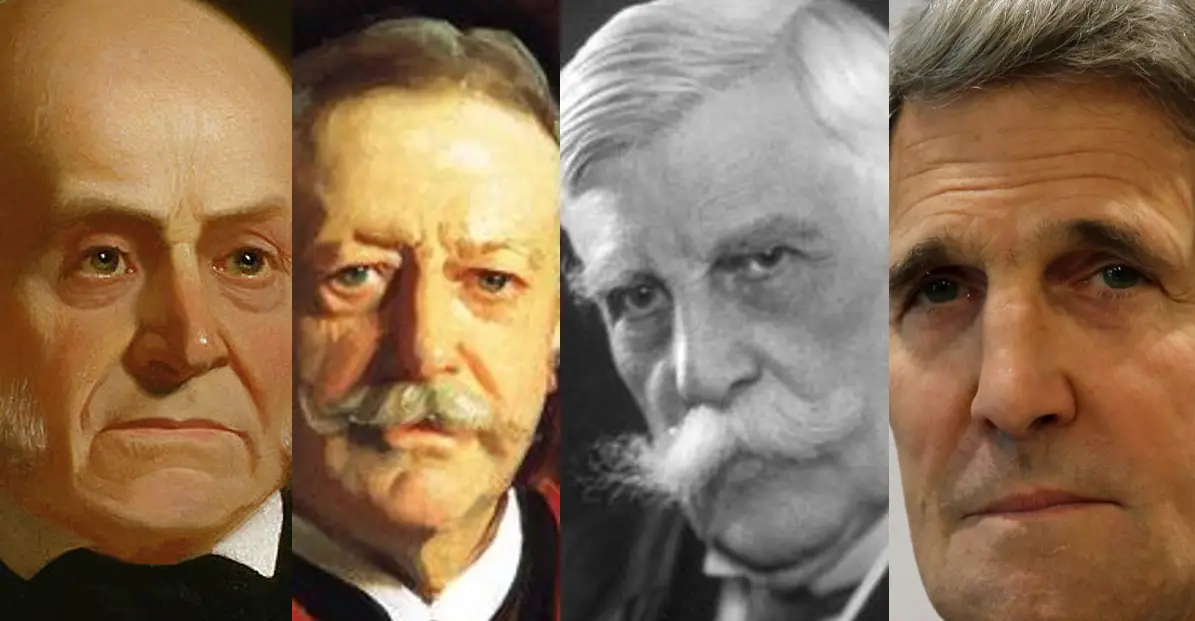The Boston Brahmin, a term coined by Oliver Wendell Holmes in 1861, refers to the aristocratic class of New England, particularly in Boston, known for their wealth, intellectual prowess, and social standing. For centuries, the Boston Brahmin have played a significant role in shaping American society, culture, and politics. Their influence extends beyond the realm of finance and commerce, as they have made notable contributions to the fields of art, literature, education, and philanthropy.

The Origins of Boston Brahmin Wealth
The Boston Brahmin’s wealth can be attributed to the city’s strategic location and its early involvement in maritime trade. The port of Boston served as a hub for the triangular trade, which connected the city to the West Indies, Europe, and Africa. The wealth generated from this trade laid the foundation for the Boston Brahmin’s prosperity. Families such as the Cabots, Lowells, and Welds accumulated vast fortunes through their involvement in the shipping industry, which enabled them to invest in other lucrative ventures, including textiles, manufacturing, and finance.
Social Standing and Exclusivity
The Boston Brahmin’s social standing was built on a complex hierarchy of family ties, education, and cultural refinement. Membership in exclusive clubs, such as the Somerset Club and the Union Club, was a hallmark of their elite status. These clubs, often referred to as "institutions of gentlemen," provided a platform for the Boston Brahmin to socialize, form alliances, and conduct business. The social season, which typically ran from September to June, featured a series of high-society events, including debutante balls, charity galas, and horse shows, which reinforced their exclusivity and prestige.
Philanthropy and Public Service
Despite their reputation for exclusivity, the Boston Brahmin have a long tradition of philanthropy and public service. Many family members have served in government, with some notable examples including President John Adams, Senator Henry Cabot Lodge, and Governor William Weld. Others have made significant contributions to education, with institutions such as Harvard University, the Boston Athenaeum, and the Museum of Fine Arts benefiting from their patronage. Philanthropic efforts have also focused on healthcare, conservation, and social welfare, with organizations such as the Boston Children’s Hospital and the Boston Symphony Orchestra receiving support.
Education and Intellectual Pursuits
Education has always been highly valued by the Boston Brahmin, with many family members attending prestigious institutions such as Harvard, Yale, and Princeton. The pursuit of knowledge and intellectual curiosity has led to significant contributions in various fields, including literature, science, and the arts. Notable examples include authors such as Nathaniel Hawthorne, Henry James, and Edith Wharton, as well as scientists and thinkers like Charles William Eliot and George Santayana.
Decline and Evolution
In the mid-20th century, the Boston Brahmin’s influence began to decline, as the city’s economy underwent significant changes and new immigrant groups arrived. The decline of the traditional manufacturing and shipping industries, combined with the rise of new financial centers, led to a shift in the balance of power. However, the Boston Brahmin have adapted to these changes and continue to evolve, with many family members pursuing careers in finance, law, medicine, and technology.
FAQs
- Who are the Boston Brahmin?
The Boston Brahmin are a social class of people from the New England area, particularly in Boston, known for their wealth, education, and social standing. - What is the origin of the term "Boston Brahmin"?
The term "Boston Brahmin" was coined by Oliver Wendell Holmes in 1861, referring to the city’s aristocratic class. - How did the Boston Brahmin accumulate their wealth?
The Boston Brahmin’s wealth originated from the city’s maritime trade, which generated significant profits from the triangular trade. - What is the significance of the Boston Brahmin’s social standing?
The Boston Brahmin’s social standing is built on a complex hierarchy of family ties, education, and cultural refinement, which has allowed them to maintain their exclusivity and prestige. - What contributions have the Boston Brahmin made to society?
The Boston Brahmin have made significant contributions to education, philanthropy, public service, and the arts, with many family members serving in government, supporting cultural institutions, and pursuing intellectual pursuits.
Conclusion
The Boston Brahmin’s enduring wealth and influence are a testament to their adaptability, intellectual curiosity, and commitment to public service. While their exclusivity and social standing have been the subject of criticism, their contributions to American society and culture are undeniable. As the city of Boston continues to evolve, the Boston Brahmin remain an integral part of its fabric, with many family members continuing to play a significant role in shaping the city’s future. As we look to the future, it is essential to acknowledge the Boston Brahmin’s complex legacy and recognize the enduring impact they have had on American society. By understanding their history, values, and contributions, we can gain a deeper appreciation for the complexities of wealth, power, and social standing in America.
Closure
Thus, we hope this article has provided valuable insights into The Boston Brahmin: Unveiling the Secrets of Their Enduring Wealth and Influence. We thank you for taking the time to read this article. See you in our next article!




